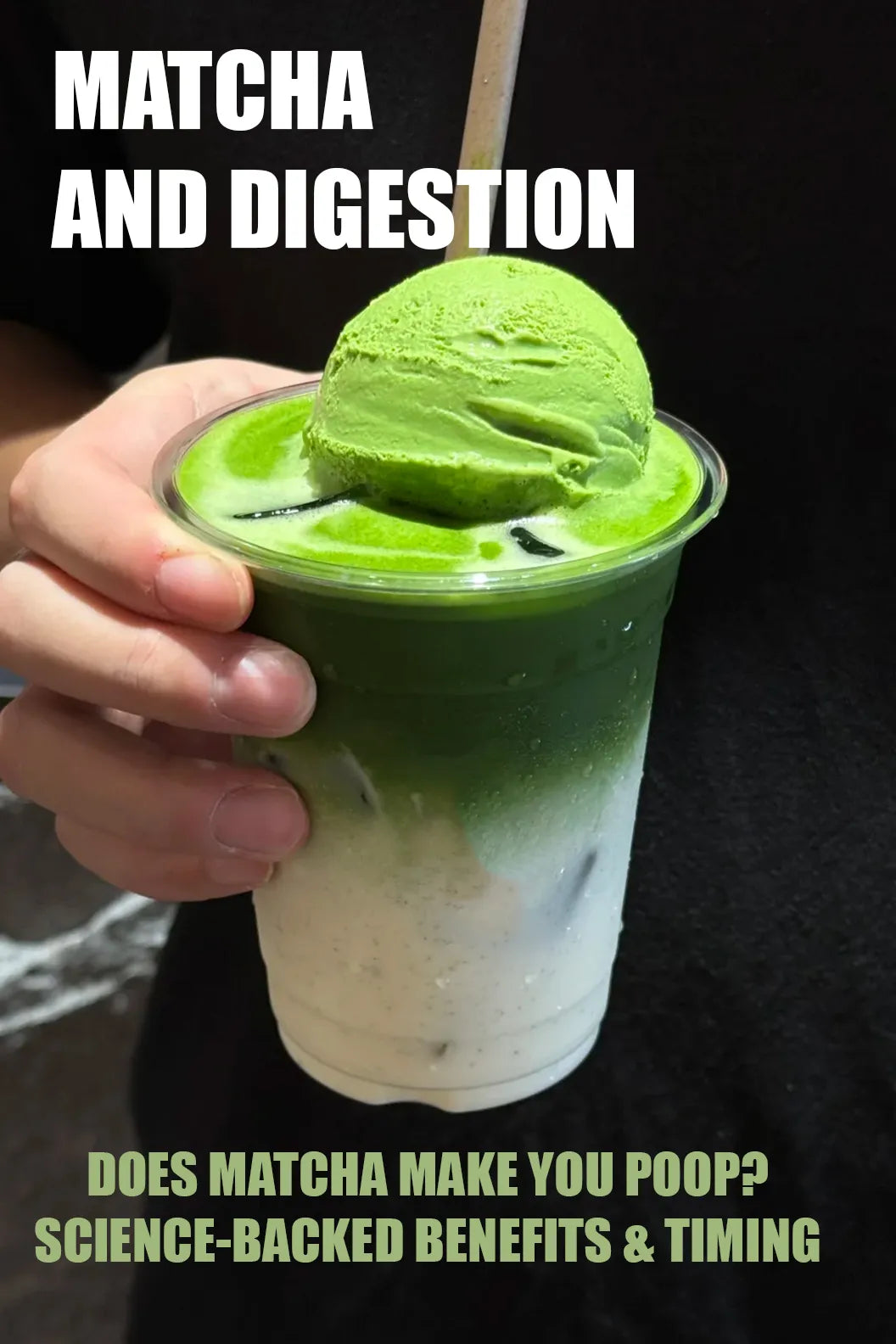
Though both come from the Camellia sinensis plant, matcha and green tea diverge in cultivation, nutrition, and use. Let’s unpack their contrasts to help you decide which fits your lifestyle.
1. Cultivation & Processing: Why Matcha Stands Out
Green tea leaves grow in full sun, then undergo steaming or pan-firing to halt oxidation. Matcha, however, originates from tea plants (Camellia sinensis var. sinensis) shaded for 2–3 weeks before harvest. This boosts:
- Chlorophyll: Giving matcha its vivid green hue.
- Amino acids (e.g., L-theanine): Enhancing its “calm energy” effect.
After harvesting, matcha leaves are stone-ground into a fine powder (so you consume the entire leaf). Green tea is brewed as loose leaves, meaning you only absorb nutrients that steep into the water.
2. Nutrition: Matcha Packs a Concentrated Punch
Because you drink the whole leaf, matcha contains up to 137x more antioxidants (like EGCG, a potent polyphenol) than regular green tea, per a Journal of Agricultural and Food Chemistry study[^1]. It also delivers:
- L-theanine: An amino acid that promotes relaxation without drowsiness (unique to shade-grown tea).
- Vitamins & Minerals: Vitamins A, C, E, plus potassium and iron.
Green tea still offers antioxidants, but its nutrients are diluted during brewing.
3. Taste & Preparation: From Subtle to Bold
- Green Tea: Flavors range from grassy (sencha) to umami-rich (gyokuro). Brew with hot water (175–185°F) for 1–3 minutes.
- Matcha: Boasts a creamy, vegetal taste (ceremonial grade) or bold bitterness (culinary grade). Whisk into hot water (160–175°F) for a frothy texture, or blend into lattes, smoothies, and baked goods.
4. Health Benefits: What Both Offer (and How Matcha Wins)
Both teas:
- Combat oxidative stress (via catechins).
- Slightly boost metabolism (thanks to caffeine).
- Support brain health (caffeine + L-theanine in matcha enhances focus).
But matcha’s whole-leaf format means you get more nutrients per serving. For example, 1 tsp of matcha (~2g) delivers as much EGCG as 1–2 cups of brewed green tea.
5. How to Choose: Matcha vs Green Tea
-
Pick green tea if you want:
- A quick, refreshing drink.
- Lighter flavors (e.g., sencha, jasmine green tea).
-
Choose matcha if you want:
- Maximum nutrition (antioxidants, L-theanine).
- Versatility (lattes, baking, traditional tea ceremonies).
For a deeper dive into matcha’s specific perks, explore our guide: LeafMill Matcha Tea Benefits.
Final Thoughts
Green tea excels as a daily hydrator, while matcha shines as a nutrient-dense superfood for those seeking flavor, ritual, and concentrated benefits. Try both to see which aligns with your goals!
References
[^1]: Journal of Agricultural and Food Chemistry, “Antioxidant Activity of Matcha Green Tea Compared to Other Green Teas”



